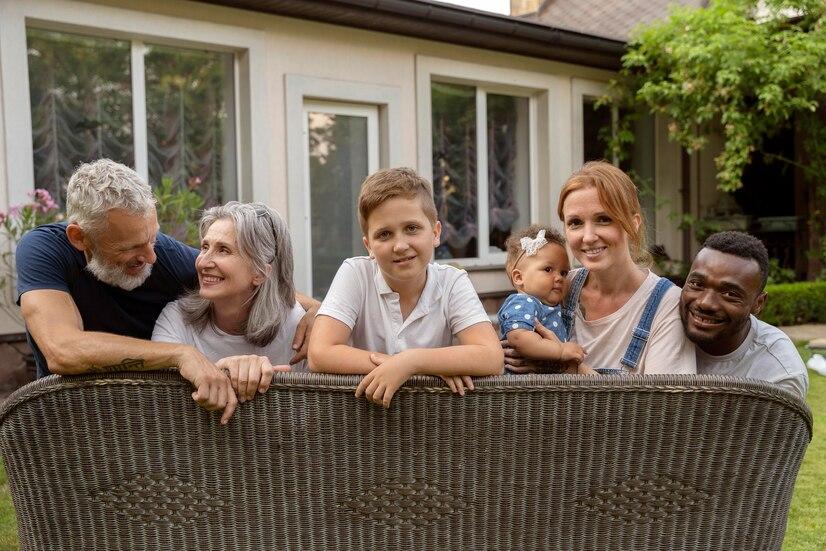Mastering the balance between individual needs and family unity is crucial when you live in a multi-generational home with grandparents, parents, and children. You must adopt effective strategies that cater to each person’s unique requirements while promoting a cohesive family environment. In your household, recognizing and respecting the diverse needs of each generation ensures a harmonious coexistence.
Your approach to this unique living situation should blend empathy with practicality to create a nurturing space for all family members. Extreme DIY shares more:
Prioritizing Ample Storage
Storage is a vital component in a multi-generational home. Adequate storage solutions help in maintaining an organized and clutter-free environment. This could involve built-in cabinets, multi-purpose furniture, and attic or basement storage areas. By having a place for everything, from toys and books to tools and seasonal clothing, each family member can keep their belongings in order, leading to a more orderly and peaceful home environment.
Transitioning to Digital Document Management
In a household with multiple generations, managing paperwork can become overwhelming. Digitizing essential documents and records is an efficient solution. By converting papers to PDFs, you can create an organized, accessible digital filing system. This method is beneficial for managing essential documents like medical records, insurance papers, and educational records.
You can use this method to preserve family memories like old photographs and letters to ensure they are safe and easily shareable among family members. Look for drag-and-drop crop tools online that let you resize, trim, and adjust pages.
Designating Individual Spaces
In a home where multiple generations live, it’s essential to establish distinct living areas for each age group. This separation allows each generation to maintain its independence and privacy. For example, the grandparents can have a quiet space for relaxation, parents can have a sanctuary for unwinding after work, and children can have a designated play area. This segmentation is critical for respecting everyone’s personal space, leading to harmonious cohabitation.
Emphasizing Accessibility in Design
An age-friendly home design is crucial in a multi-generational household. Incorporating features like ramps, no-step entries, wider doorways, and grab bars in bathrooms makes the home accessible to everyone, regardless of their age or mobility level. This universal design not only caters to the elderly and those with physical limitations but also adds to the overall safety and comfort of the home, making it a welcoming space for all family members.
Creating Shared Common Areas
Designing common areas that encourage family interaction is essential in a multi-generational home. These spaces should be welcoming and comfortable, encouraging family members to gather for meals, conversations, games, or movie nights.
Whether it’s a spacious kitchen, a cozy living room, or a large dining area, these communal spaces are the heart of the home, where memories are made and family bonds are strengthened. Use online resources like Extreme DIY for ideas on how to design the perfect space!
Establishing Personal Retreats
Private spaces are just as important as communal ones in a multi-generational household. Each family member should have their personal sanctuary within the home. This could be a small study, a hobby room, or even a quiet corner in the garden. These personal retreats allow individuals to recharge, indulge in hobbies, or simply enjoy some alone time, which is essential for mental well-being in a bustling family home.
Promoting Open Communication and Boundaries
Effective communication and clear boundaries are crucial to maintaining harmony in a multi-generational household. Regular family meetings to discuss household responsibilities, schedules, and any issues that arise are crucial. These discussions should be conducted in an atmosphere of mutual respect and understanding, where each family member feels heard and valued regardless of age. This open dialogue helps prevent misunderstandings and builds a strong foundation of trust and cooperation.
Successfully organizing a multi-generational home involves a thoughtful blend of spatial planning, empathetic communication, and mutual respect. By focusing on these key aspects, you can create a living environment that supports the individual needs of each family member while fostering a sense of unity and togetherness. With these strategies in place, a multi-generational home can provide comfort, support, and joy for everyone involved.

